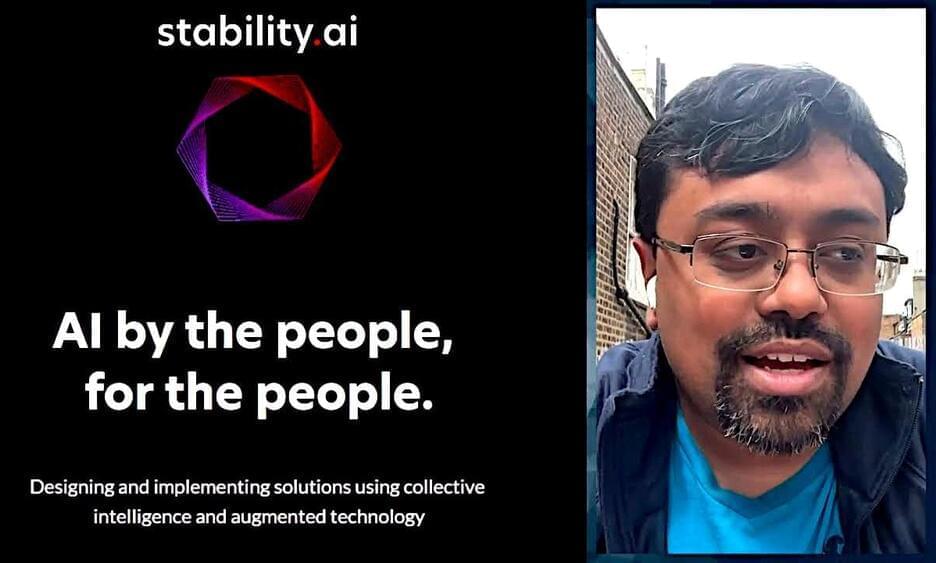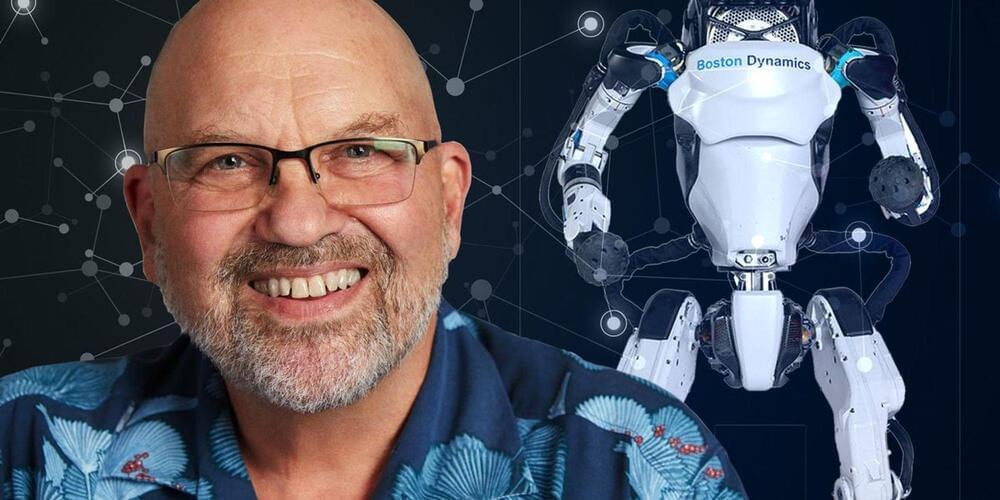The story of future gaming starts when artificial intelligence takes over building the games for players — while they play them. And human brains are mapped by virtual reality headsets.
This sci fi documentary also covers A.I. npc characters, Metaverse scoreboards, brain to computer chips and gaming, Elon Musk and Neuralink, and the simulation hypothesis.
Taking inspiration from the likes of Westworld, Ready Player One, Squid Game, and Inception.
A future gaming sci-fi documentary, and a timelapse look into the future.
See more of Venture City at: https://vx-c.com.
Narrated by Alexander Masters (www.alexander-masters.com)
_______
Book recommendations by Elon Musk on A.I,. future technology and innovations, and sci-fi stories (affiliate links):
• Superintelligence: Paths, Dangers, Strategies https://amzn.to/3j28WkP









